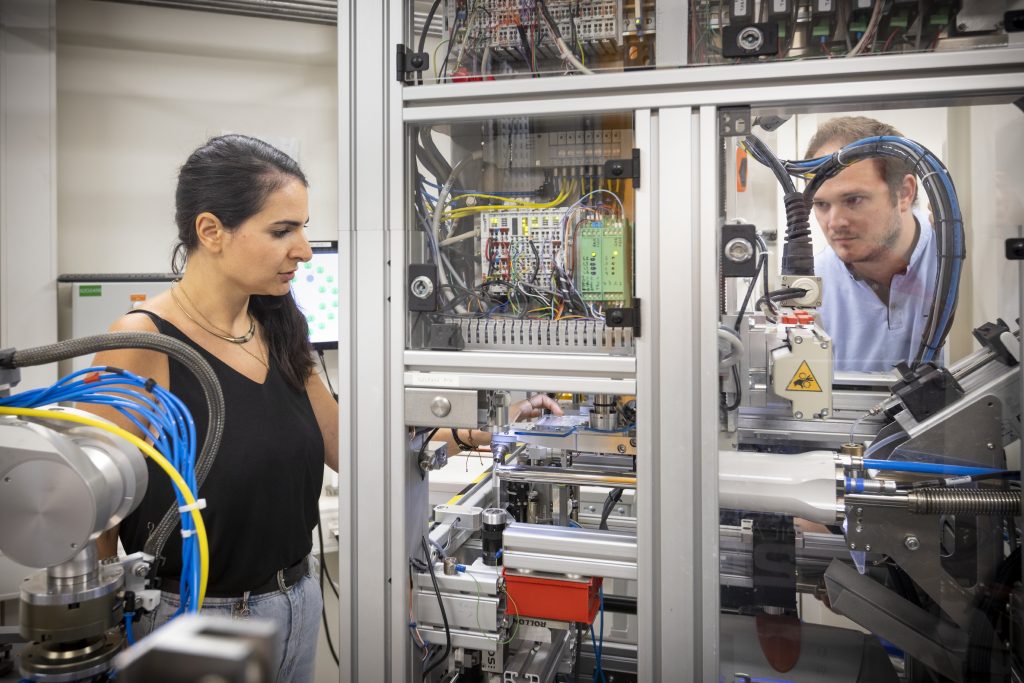
Behind the scenes of innovation
EMBL Grenoble technology teams provide a sneak peek into their latest collaborative project in structural biology services: the complete automation of an integral step in X-ray crystallography.
Issue 100
Scientists at EMBL Rome are developing new paradigms to study the impact of diverse environmental factors on reproduction in mammals and disease risk in their progeny.
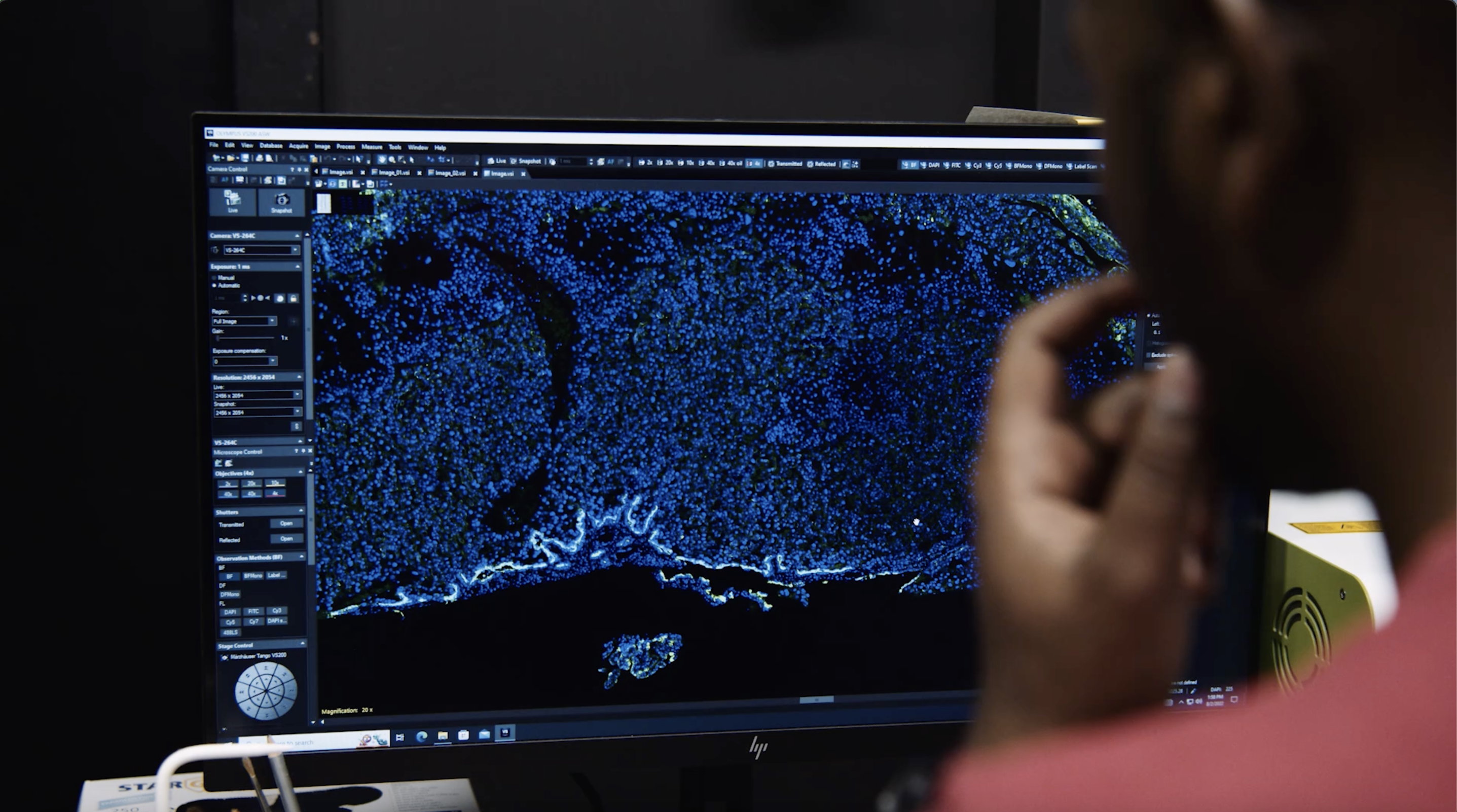
One of the most fundamental questions in biology is how our basic traits are transmitted across generations – from parents to offspring. Researchers at EMBL Rome are now investigating this question in the light of novel epigenetic mechanisms discovered in recent years, and from the perspective of understanding disease risks.
Embryonic development begins when egg and sperm cells fuse to form the zygote. During this process, genetic information, in the form of DNA sequences, is passed on to the next generation through chromosomes derived from both parents. Parental chromosomes also carry epigenetic information – chemical modifications to the DNA or its associated proteins – that can affect gene expression without changing the DNA sequence.
Relative to the DNA sequence, this inherited epigenetic information is more susceptible to being modified by the parental environment (e.g. diet), which, in turn, could potentially affect the embryo adversely. To guard against this, the newly-formed embryo undergoes a process known as epigenome reprogramming, which erases most of the epigenetic information inherited from parents, acting as a ‘hard reset’. However, scientists have recently found that some epigenetic information escapes reprogramming, allowing for intergenerational epigenetic inheritance that can influence the traits of the offspring.
At present, we know very little at the molecular level about how epigenetic factors delivered by the egg or sperm cells can cause such intergenerational changes. The groups of Jamie Hackett and Ana Boskovic at EMBL Rome are trying to elucidate the molecular mechanism(s) of intergenerational epigenetic inheritance by focusing on different steps of the process and using complementary approaches.

Over the last few years, the Hackett group made important contributions to the field by performing large-scale genetic screening to delete thousands of genes in turn and identify those involved in epigenetic reprogramming.
“We have identified two genes (Dppa2 and Dppa4) that are only switched on during very early development but are required to establish the correct epigenetic state of important developmental genes,” said Hackett. “In more recent work, we observed that Dppa2 also has a safeguarding role to prevent transmission of abnormal epigenetic modifications to offspring.”
A common research interest in the Boskovic and Hackett groups is how the paternal environment, i.e. the conditions experienced by the father, can have an impact on reproduction and inheritance. The two groups use different paradigms to perturb the paternal environment: altering the diet of the father (Boskovic group) or changing the composition of the paternal gut microbiome (Hackett group). In both cases, the aim is to understand how such environmentally-induced changes in epigenetic information can influence gene expression patterns in the embryo, and therefore contribute to the health status of the next generation.
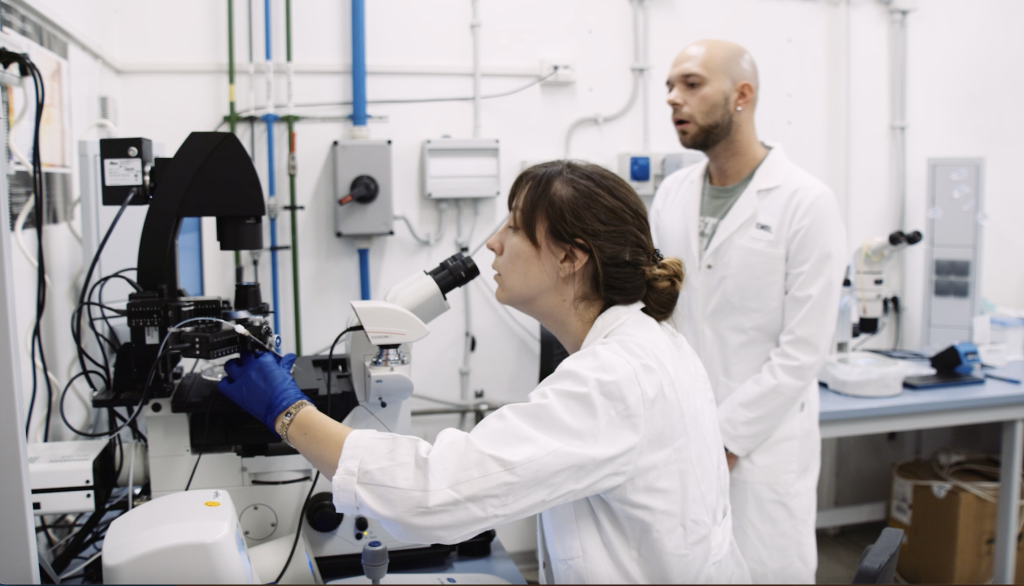
Paternal effects following a variety of environmental exposure paradigms are studied across the world and the interest in the phenomenon of intergenerational epigenetic inheritance in mammals has gathered widespread excitement over the last decade. However, differences in setups and contexts may sometimes lead to confounding results, leaving many questions about this process with unclear answers.
“EMBL Rome has deep expertise in epigenetic inheritance research and in developing environmental exposure paradigms that can be studied in a systematic manner, by precisely controlling genetic and environmental conditions,” said Boskovic. “Within the Epigenetics and Neurobiology Unit, we can also rely on the support from state-of-the-art local facilities. For example, the Laboratory Animal Resources (LAR) at EMBL Rome comprises a gnotobiotic facility – a sterile environment – housing germ-free mice. These mice are extremely valuable for intergenerational epigenetic inheritance studies, since they allow control over the specific composition of gut microbiota.”
The local expertise in gene editing technologies also helps scientists to address specific questions and needs. In particular, a study from the Hackett group resulted in the development of a powerful epigenome editing tool that allows dynamic programming of chromatin modifications at specific genomic loci, to study their inheritance and role in development and disease. The tool is being used for many epigenetic research projects at the site and will be further implemented to understand the direct impact of epigenetic modifications, supported by the recent ERC Consolidator Grant awarded to Jamie Hackett.
Looking forward, a common goal of the Hackett and Boskovic groups is to widen the context of their studies on intergenerational epigenetic inheritance, to include all three major environmental modalities: biological, physical, and social. The main aim is to better understand the scope of environmental inputs on animal physiology, reproductive fitness and offspring phenotypes in mammals.
This question is the core of an ongoing project that the two groups are coordinating within the Human Ecosystem Transversal Theme, one of the research areas defined by the current EMBL Programme ‘Molecules to Ecosystems’. The approach is to establish different paradigms of human-relevant environmental perturbations, including the three main environmental modalities: biological, physical, and social.
Gut microbiome dysbiosis is a paradigm of a perturbed biological environment; physical environments perturbations may include diet or pharmaceuticals, while social environments can be influenced by induced stress. This study will be conducted in a controlled environment in mice, integrating age and genetic background as contextual parameters, to assess the resulting impact of a perturbed environment on progeny.
The molecular findings obtained from this study will be integrated with epidemiological data resulting from human cohort studies. Ultimately, this will help clarify the intricate relationship between environmental exposures and disease burden in human populations across generations.

EMBL Grenoble technology teams provide a sneak peek into their latest collaborative project in structural biology services: the complete automation of an integral step in X-ray crystallography.
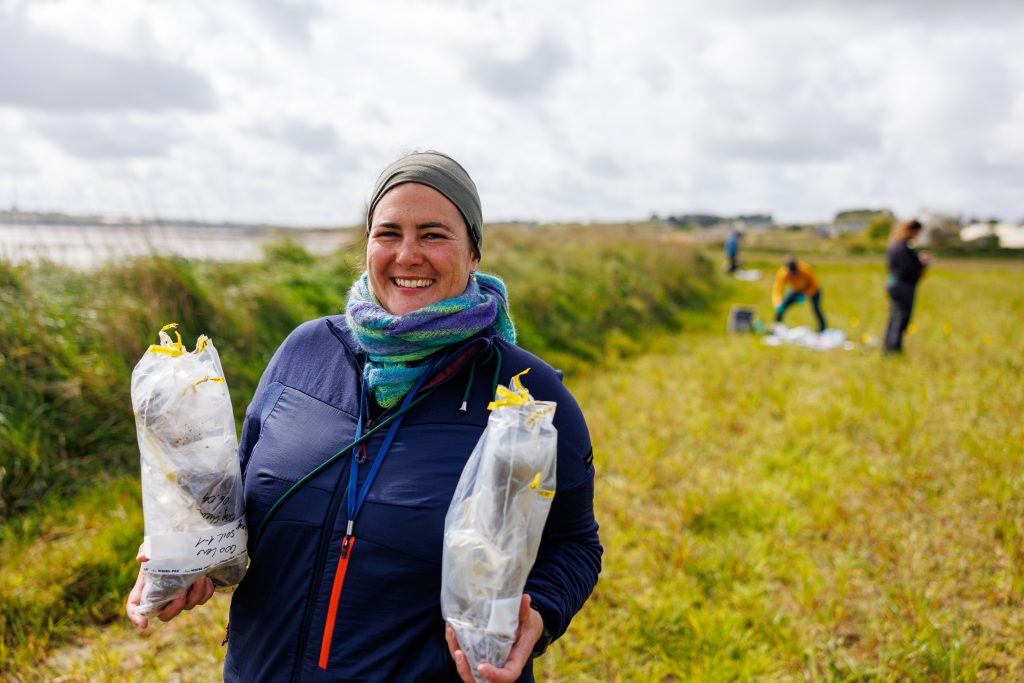
EMBL’s newest expedition attempts to answer some of the biggest questions in planetary biology, and will help scientists find solutions to pressing global concerns.
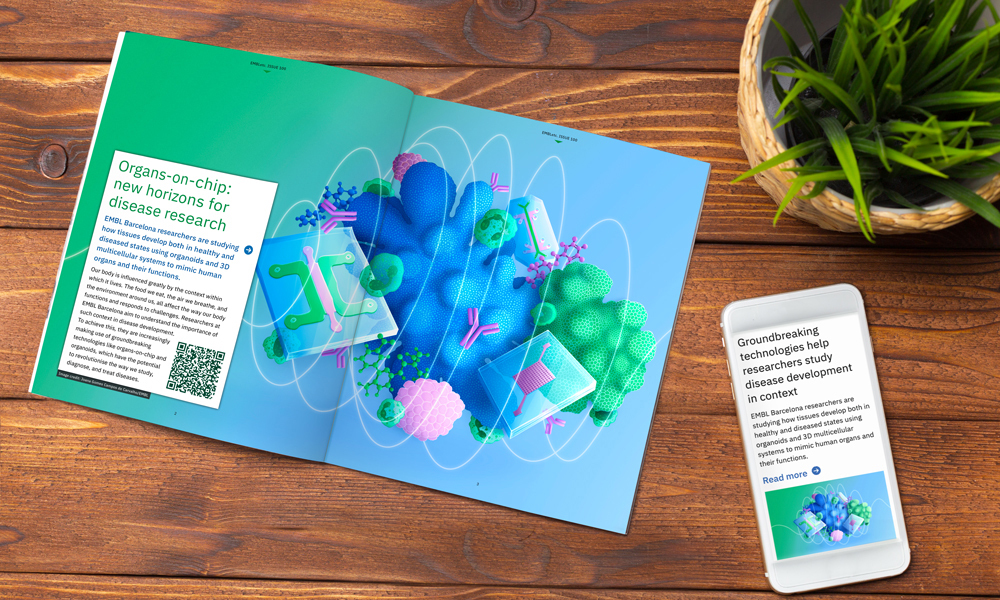
Click here to download a quick overview of all the articles included in this digital issue of EMBLetc.